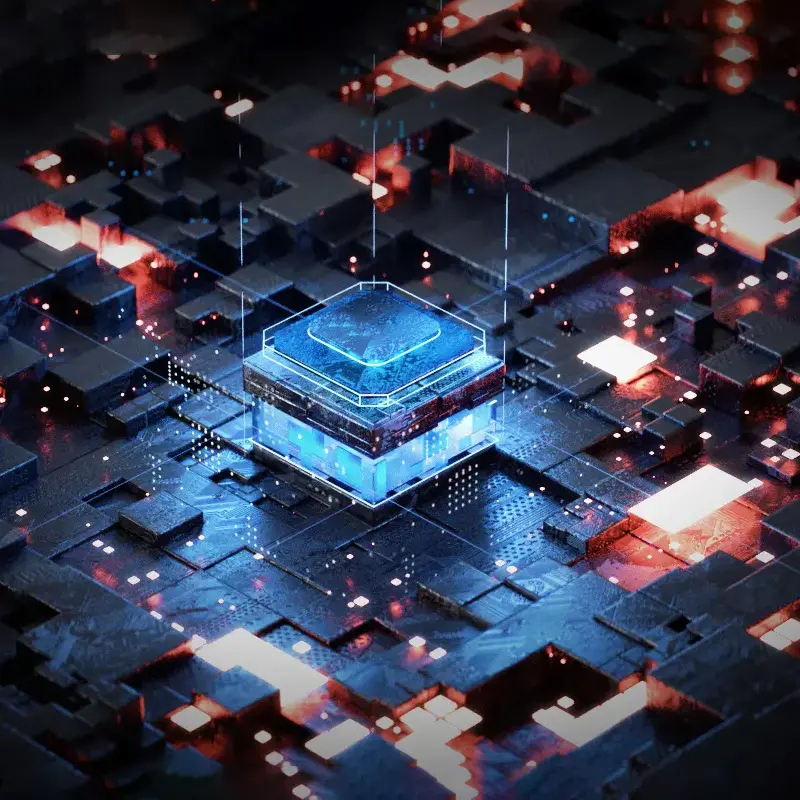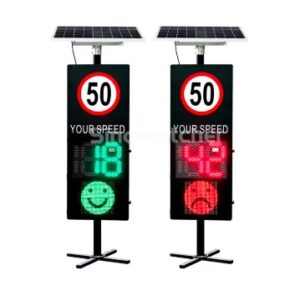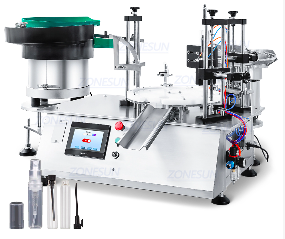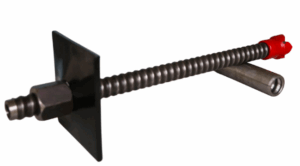Laser cutters for stainless are becoming more accessible in this technological age of CNC machines. Laser cutters have different power capabilities designed for a specific material. This explains why laser cutter for stainless steel cost thousands of dollars. But are they worth it? Laser cutters are the best investment you can make today. Depending on your budget, you can get either a low-powered or high-powered machine for your services.

Table of Contents
ToggleHow does a laser cutter for stainless steel work?
Laser cutting, which works by projecting extreme heat in a narrow stream, allows welders and manufacturers to cut parts and custom pieces out of metals with high precision. Since laser cutting is always developing, it’s never perfect, and there are various obstacles and limits to overcome. But, for laser cutters for stainless steel, the limits manifest in factors like the power and materials that the laser cuts.
It’s not just about the maximum thickness for laser cutters, but it is even more complicated. Many variables determine how a laser cuts through metals, so it relies entirely on the type of laser and material used.
For instance, a laser cutter with a high wattage of 6000 watts can cut a maximum thickness of around 2.75 inches for stainless steel, while a laser cutter powered by 4,000 watts can penetrate only one inch of stainless steel. Ideally, the maximum thickness would increase for non-metallic materials like plastics and wood because they are less strong and dense than stainless steel.
When you analyze the maximum thickness of a laser cutter, bear these two factors: power and material. The most common wattage you encounter for laser cutters for stainless steel are 3,500, 4000, or 6000. The 6000 watts are the most recommended for excellent cutting through strong metal like stainless steel.
How is the effect of laser cutter for stainless steel affected?
Material strength
The strength of metal varies depending on variables, including the ratio of elements, but some are still weaker or stronger than others in steel. For stainless steel, the presence of chromium creates resistance to corrosion and rust, making it harder and less ductile to cut.
But this is not the case with all stainless steel, as you may get one type of stainless steel that is softer than the other. These depend on the ratio of elements, and specific alloys included, therefore varying depending on the metal structure.
Power
Laser cutters with high cutting power easily achieve greater thickness and cut through the small thickness in a short time. The speed of a laser cutter is also affected by the gas used in the process. Stainless steel laser cutters use nitrogen at high pressure to smooth out the cut edges. Gas has a great impact on speed; the process relies on the material used. Apart from weighing these factors, consider what your purpose for the laser is.
Conclusion
Based on the above, you can gauge your needs and purchase a low-power or high-power machine to serve your project according to your budget.
0




